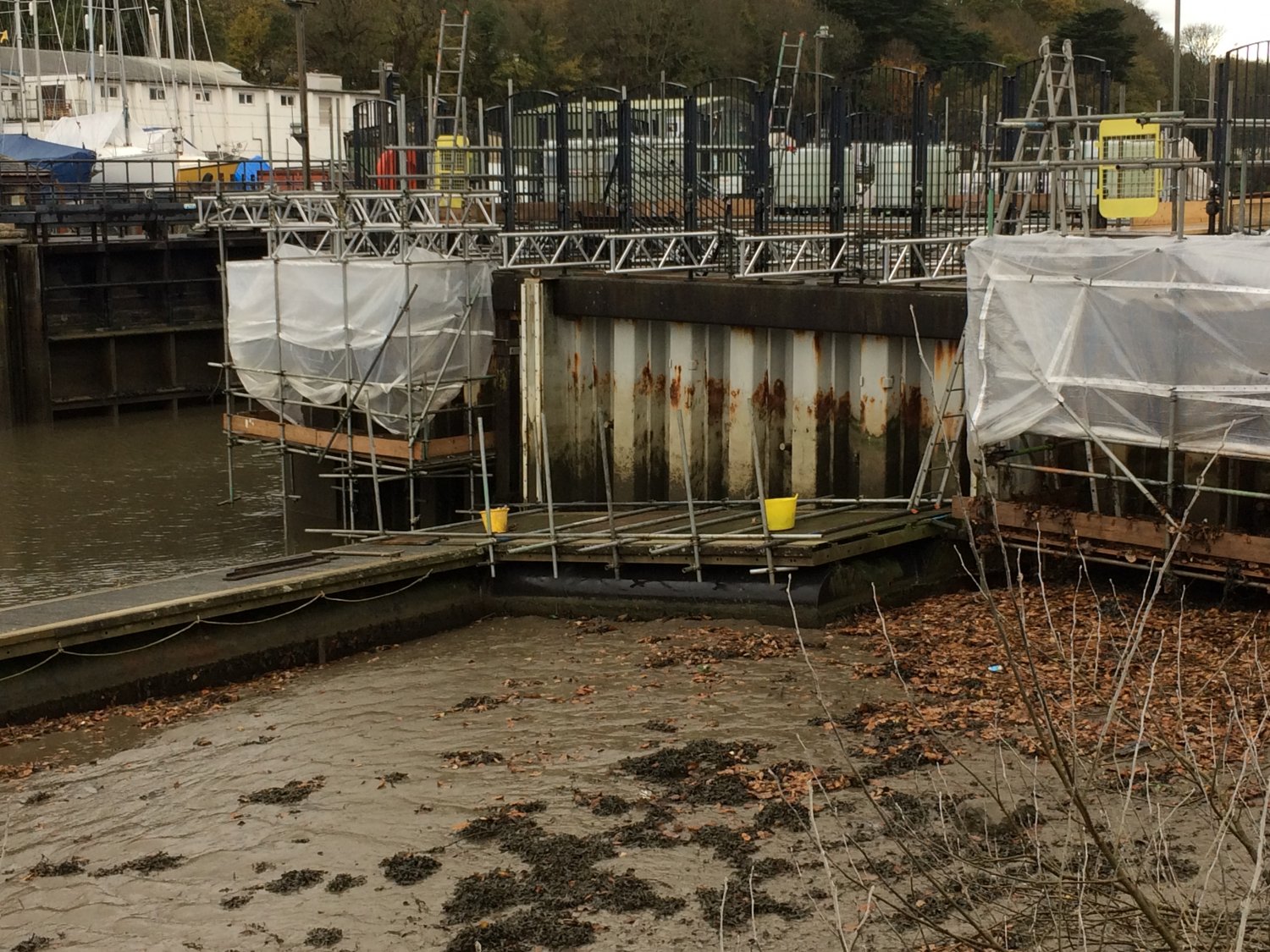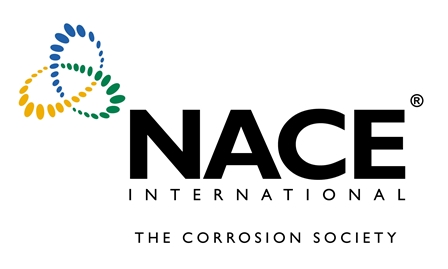

Marine / Boats
Steel Boats – Pontoons
Blast cleaning to SA 2.5 cleanliness will remove mill scale and rust to present a uniform and clean surface. This will provide a clean and profiled surface that will give the paint system its design requirements.
Expensive protective coatings applied directly over mill scale rust corrosion and inadequately prepared steel surfaces may lead to failure of the entire coating within a very short period of time. The action of corrosion under the mill scale or rust will produce cracking and damage to the coating and expose greater areas to corrosion.
Painting over mill scale, rust and corrosion, however tempting, is a futile exercise, as it merely covers an underlying problem for future failure.
Anti-foul Removal
With a wide range of blast media at our disposal and many years of experience in this field, we can remove anti foul from fibreglass, steel and Ferro-cement hulls.
We will remove 99% of all the old surface coatings, leaving the original gel coat with a fine etched finish that is clean and free of any greases or oils.
This process will also expose any weaknesses in the gel coat such as blistering or voids thus allowing them to be filled prior to the re-application of the surface coating.
Our highly trained operators can ensure that the whole process is carried out with minimum down time and to the best quality, giving uniform finish and leaving a minimum amount of preparation before re coating.
Fibreglass Yachts and Boats
Slurry grit blasting is common after a fibreglass hull has been peeled for Osmosis treatment. Blasting after peeling opens the blisters, voids and dry patches in the underlying fibreglass which assists greatly in the drying of the hull prior to re-coating.
The profile left on the blasted glass will also be ideal for application of the epoxy coating.
Slurry Blasting Method – Dust Control
Slurry blasting is a technology whose use was common in the mining industry. New specialist slurry blasting equipment has proved to be very effective in the removal of Anti-fouling from a wide range of boat hulls. Not only does slurry-blasting help to contain the fall-out of blast media but also virtually eliminates dust. With the removal of the anti foul particles, which are suspended in water and contained on plastic sheets, this is a very environmentally friendly procedure for anti foul removal. Slurry blasting achieves greater removal rates than both Soda blasting or extreme pressure water jetting, making for a more competitive price.
Wooden Hulls
Stripping back hard wood hulls, top decks and pitch pine surfaces using blast-cleaning methods can be extremely successful. It gives a uniform surface, which can be quickly prepared for re-painting or varnishing. A sample blast can be arranged to ascertain the grade of abrasive and pressure that will be required in order to achieve the optimum results.
Zinc Spraying
Zinc Spraying Steel – Hot Metal Spray Process
Zinc Spraying is ideal for larger item that cannot fit in to a galvanising tank, for example oversized steel structures such as bridges, long I beams, Steel Trawlers / Boats.
Zinc spraying can achieve the same level of rust protection as galvanising. Zinc spraying is excellent for untreated steel; it is fast drying with good filling properties.
Zinc spraying coupled with a correct paint system can protect a surface from corrosion for 20 years plus.
This process is often specified in preference to galvanising for its ease of application without the need for drilling drain or vent holes and to avoid the risk of distortion, especially on intricate work.
Hot metal zinc spray is heat resistant to 350ºC, spot-weld able, resistant to petrol, chemicals and weather influences.




These include:
- Yachts
- Motorboats
- Fishing boat
- Working barges
- Pontoons
- Piling (quay walling)
- Link span bridges

